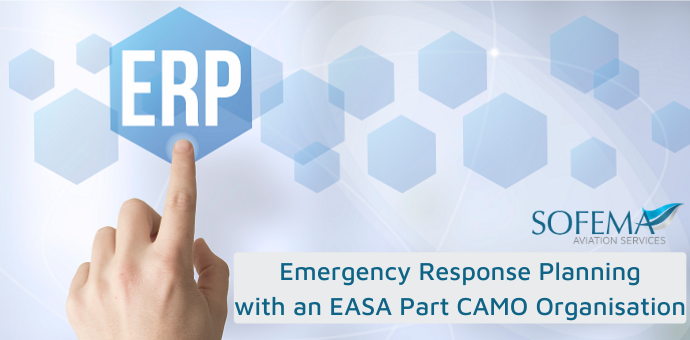Review for the Emergency Response Planning by Sofema Aviation Services (SAS)
Introduction
Continuous improvement of the systems and procedures contained within the emergency response plan may, amongst others, be obtained by:
(a) Conducting a review of the relevant parts of the emergency response plan after a full or partial exercise;
(b) debriefing and analysing the emergency response operations after an emergency situation; and
(c) developing new emergency procedures or systems as part of the emergency response plan when new hazards are identified by the safety management system.
To ensure, amongst others, the coordination with the emergency response plans of other interfacing organisations.
To be effective, an ERP should:
- be relevant and useful to the people who are likely to be on duty at the time of an accident;
- include checklists and quick reference contact details of relevant personnel;
- be regularly tested through exercises; and
- be updated when changes occur.
The ERP should set out the responsibilities, roles and actions for the various agencies and personnel involved in dealing with emergencies.
An ERP should take into account:
a) Governing policies. The ERP should provide direction for responding to emergencies, for example, governing laws and regulations for investigations, agreements with local authorities, and company policies and priorities.
The ERP should outline management‘s intentions with respect to the responding organizations by:
1) designating who will be assigned to the response teams and specifying who will be the leader(s);
2) defining the roles and responsibilities for personnel assigned to the response teams;
3) clarifying the reporting lines of authority;
4) providing instructions for the setting up of a Crisis Management Centre (CMC);
5) establishing procedures for receiving a large number of requests for information, especially during the first few days after a major accident;
6) designating the corporate spokesperson for dealing with the media;
7) defining what resources will be available, including financial authorities for immediate activities;
8) designating the company representative with respect to any formal investigations undertaken by State officials; and
9) defining a call-out plan for key personnel.
The ERP should specify who in the organization should be notified of an emergency, and who will make external notifications and by what means. The notification needs of those listed below should be considered:
1) Management;
2) State authorities (Search and Rescue, regulatory authority, accident investigation board, etc.);
3) Local emergency response services (airport authorities, firefighters, police, ambulance services, medical agencies.
The ERP should specify who in the organization should be notified of an emergency, and who will make external notifications and by what means. The notification needs of those listed below should be considered:
1) Relatives of victims (a sensitive issue that is handled by the police in many States);
2) Company Personnel;
3) The media; and
4) Legal, accounting and insurance representatives.
What`s more :
Next Steps
Follow this link to our Library to find & Download related documents for Free.
Sofema Aviation Services & Sofema Online provide classroom, webinar & online training. For additional information please email team@sassofia.com
Tags:
aviation, EASA, ERP, Part CAMO, EASA Part CAMO Organisation, SAS blogs, Emergency Response Planning





